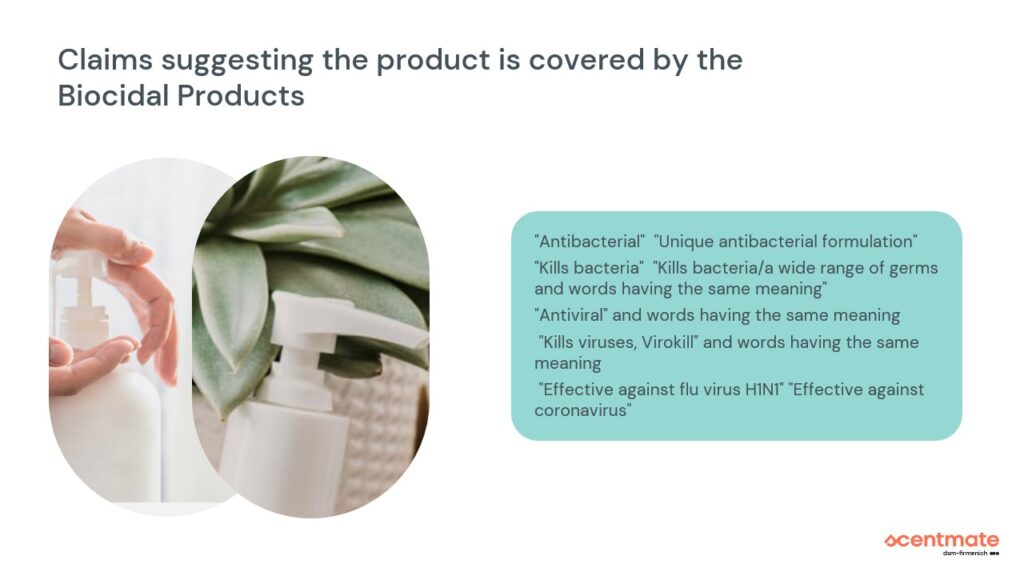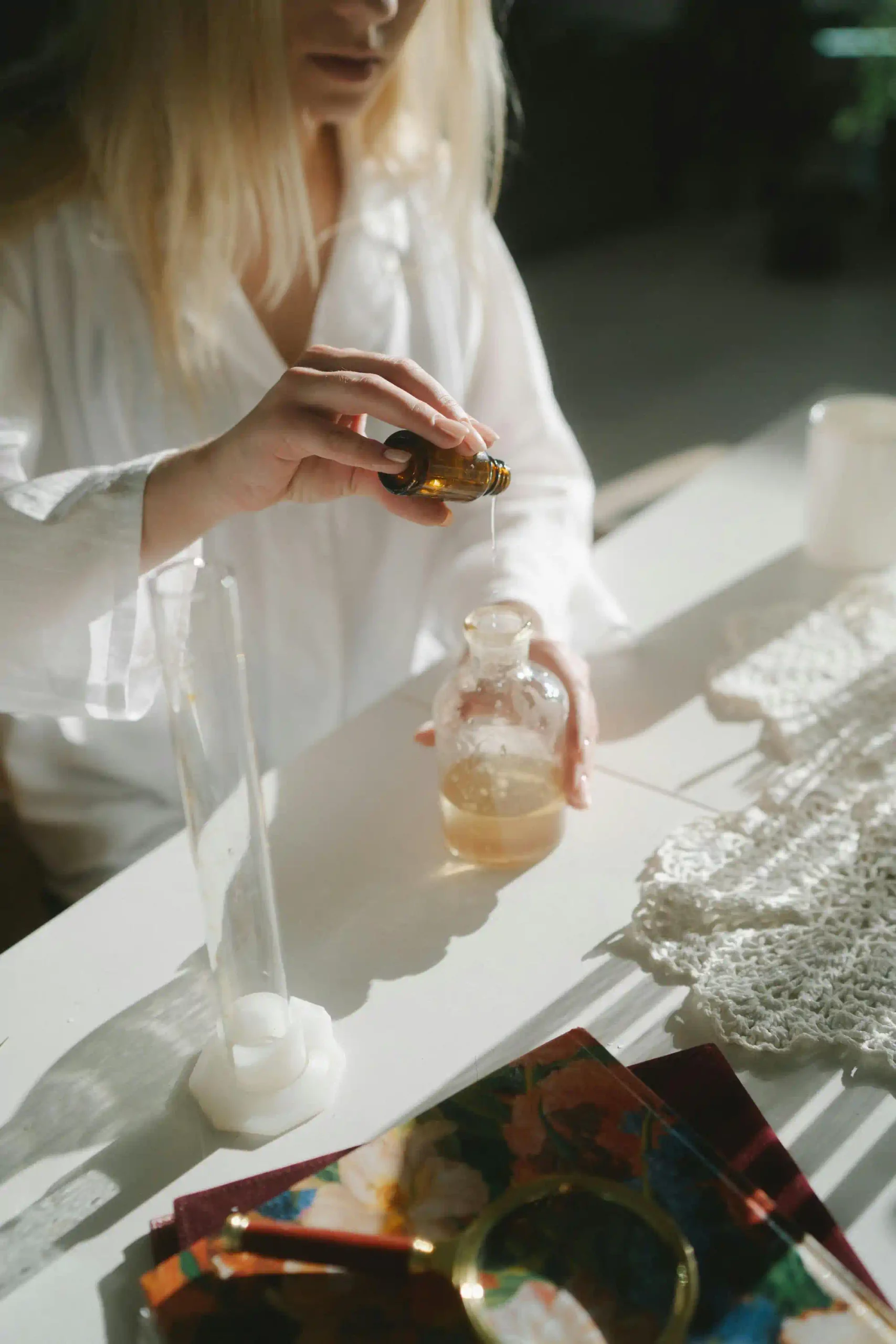2 min
The European Commission provides clear guidance to economic operators on the applicable legislation and related requirements for hand-cleaners and hand-disinfectant (or hand-sanitisers).
What kind of claims would preliminarily support a classification as Biocidal Product?
The following list of examples is established solely on the basis of product claims. Claims may be a strong indication of the intended product purpose and will therefore help in forming a preliminary assumption on a product’s regulatory status. However, it is important to assess all the characteristics of the product, including its composition, the purposes of its use and the mode of action on the harmful organism, on a case by case basis before making a final decision.
The following claims would preliminarily suggest that the product is a biocide covered by the Biocidal Products Regulation:

In these examples, the product clearly makes a claim of general human hygiene through skin disinfection, and hence a claim to protect public health through biocidal action. In this case, the biocidal function is likely to be considered as the main function to which the cosmetic function has become secondary. In consequence, if the product contains an active substance and has the required function, the product would be excluded from the scope of the Cosmetics Products Regulation, and would need to comply with the Biocidal Products Regulation.
What kind of claims would support a cosmetic purpose and classification for hand cleaners?
Although the claims themselves are not the only decisive factor whether the product should be considered as covered by the Cosmetics Regulation or the Biocidal Products Regulation, they are a relevant indication of the purpose of the product.
The following claims are typical claims where the function is in line with the definition of a cosmetic product with respect to cleaning and improving the appearance of the hands or body:
The product will have to comply with the Cosmetic Products Regulation.
However, if the product is presented with a claim stating “Hygienically clean” (or similar wording), the function ‘hygiene’ might indicate in this context that it could be considered as biocidal. The term hygiene has a broad spectrum of meaning which range from simple cleanliness to disinfection, depending on the context in which it is used. While in the context of cosmetics, the term normally refers to ‘personal hygiene’, i.e. products for cleaning and keeping in good condition the skin, in a context of biocidal products, the term ‘hygiene’ is associated with ‘disinfection’.
It is therefore important to look at all the characteristics of the product, and in particular its composition, the purpose and the function of the product. If it is clear that the product is mainly intended to protect public health through biocidal action (e.g. disinfecting, antimicrobial/virus function), which would go beyond the general perception of personal hygiene, and the objective criteria for considering such a product as “biocidal product” are fulfilled, the product cannot be considered as a cosmetic product and will have to comply with the Biocidal Products Regulation.
Source: European Commission – Guidance on the applicable legislation for leave-on hand cleaners and hand disinfectants (gel, solution, etc.)



